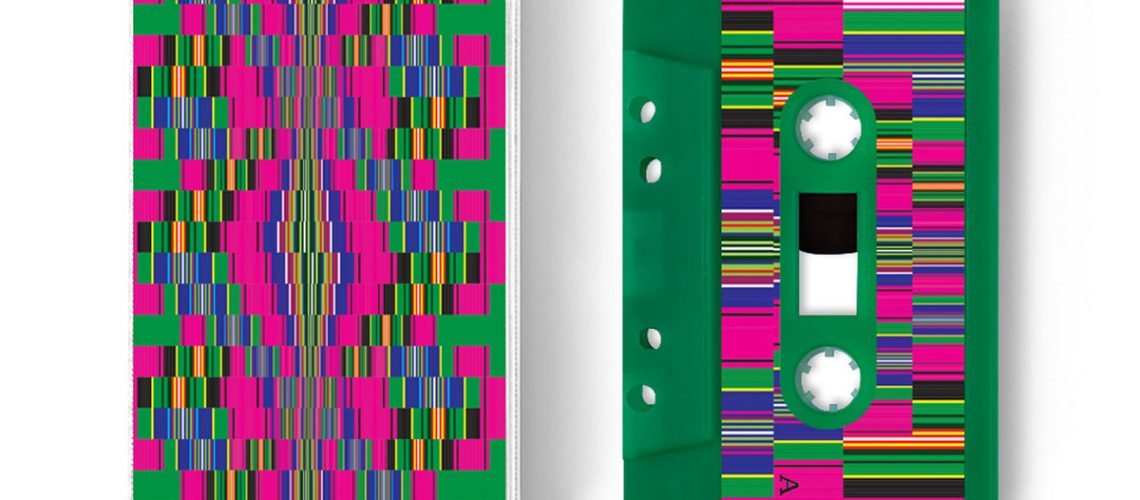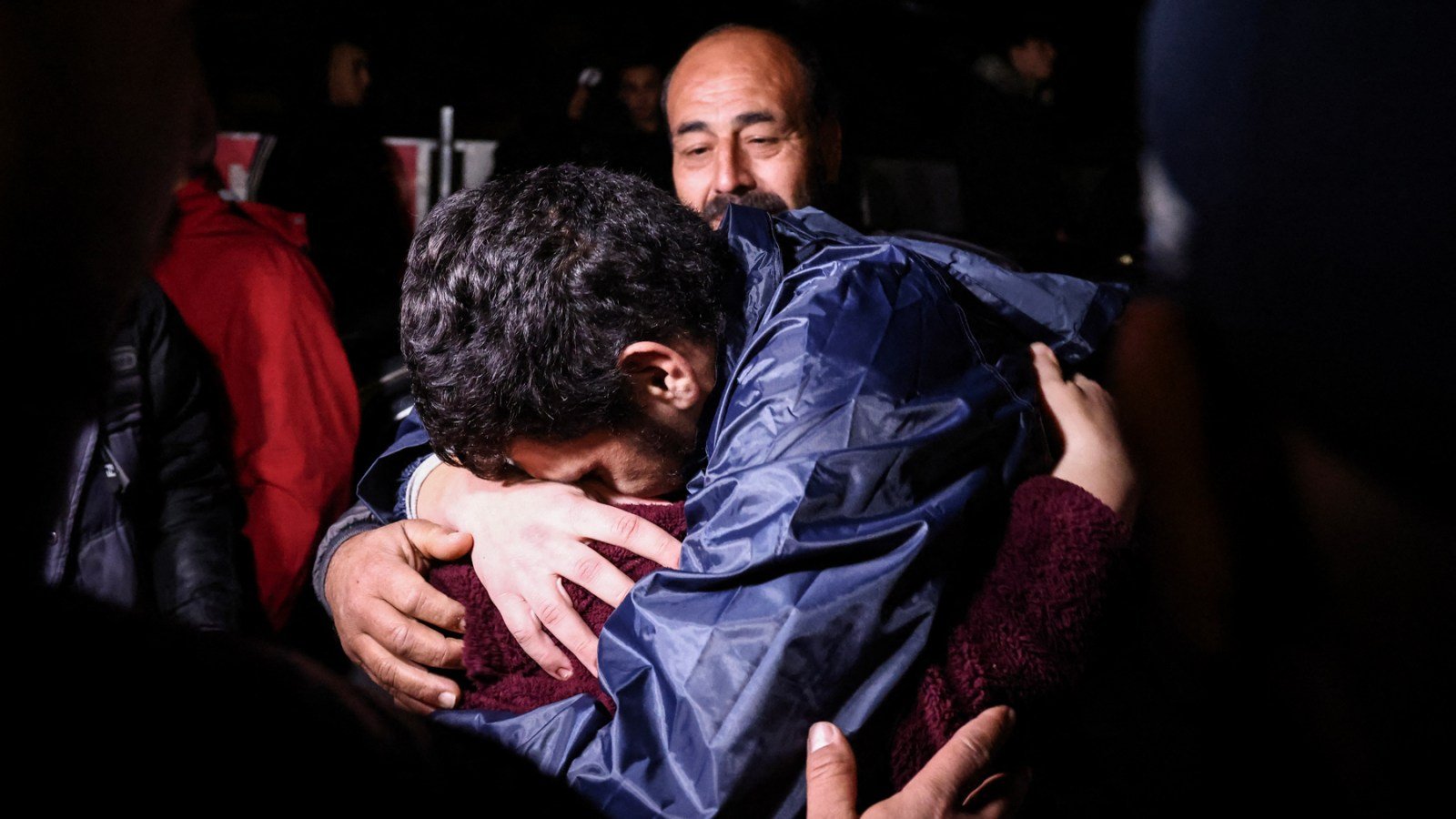You may need to buy some new sneakers for this one. “Anthropologist-dreamer” Piotr “Gary” Gwadera has combined the intricacies of Polish folk rhythms with Chicago footwork grooves. Catch the CTA to some oberek, kids.
Pointless Geometry, the prolific, always-genius Łódź-based label, just dropped a trio of new albums with some obsessive focus. All three are worth a listen, but this one deserves special mention. And as the label often pairs VHS with compact cassette, you also get a video component.
And – damn.
The Chicago – Poland connection runs across generations of diaspora, and here, there are even some literal quotes in sampled recording fragments from both Poland and Chicago:
- Jesteśmy Rzeszowiacy – Zespół Pieśni i Tańca „Rzeszowiacy” z Chicago, Polskie Radio 1979 (I)
- Oberek – Piotr Kopacz i Jego Wiejska Orkiestra, Chicago,1927 (V),
- Oberek – Kapela z Opoczna (VI),
- Polka music at Polonia Grove, Chicago, Illinois, June 5, 1977, Chicago Ethnic Arts Project collection
- (AFC 1981/004), American Folklife Center, Library of Congress (F,I,E,L,D),
- Zakrzyk – Kapela Tramblanka (D).
For those of you whose knowledge of Polish folk rhythms is limited to “I vaguely remember something about mazurkas and Chopin and… something about polka,” meet Piotr and the oberek. Oberek is in that top five Polish dance, like the mazurka, but think fast and triple. (Chopin fans, he saw this one, too.)
And think spinning. I’ll try to include a couple of examples but we should probably follow up with Piotr, so – let’s see how close I come.
Here’s a nice place to start learning – counting, rhythm, Polish numbers, and dance:
That’s a beginner-friendly demo, though. Some of the rhythms do become more complex. Count along – love this one:
The genius of what Piotr has done with this is to combine some of those Polish triple rhythms and more complex metric structures with the dragging feel of Chicago footwork groove and its focused minimalist electronic Roland sounds. (Hamamatsu to the L to the PKP!)
But he makes the speculative argument that maybe why that connection works is that there is some Polish diaspora mixed up with the Black internal migration to Chicago. And – he might be onto something. Here’s his artist statement – and a retina-delighting explosion of color from Darek Pietraszewski (Copy Corpo):
“It’s nothing else but a Chicago-style oberek!’ – that was my first thought when I heard the compilation ‘Bangs & Works’, an album that introduced the footwork style to a global audience. At first I was drawn by the triple, syncopated rhythm, based on the iconic sounds of the Roland TR-808 drum machine. My musical explorations have long been centering around triple rhythms of rural Poland. The clash of this archaic, distinctly Polish form with the freedom of the underground, electronic sound from the Black suburbs of Chicago seemed to aesthetically hit the perfect spot. As an anthropologist – dreamer, I also imagined that the presence of a triple rhythm in Chicago – the largest hub of the Polish diaspora in the USA – was not a coincidence. It was a result of a meeting between our native musical tradition and the musical sensitivity of the Black community in the United States. I must admit that this hypothesis was, and still is, purely my musical dream, unsupported by any scientific evidence. However, regardless of the actual roots of this fascinating phenomenon known as footwork, it is hard not to notice certain correlations between footwork and the Polish oberek tradition. This is in both cases music rather meant for dancing than for listening. It’s supposed to present a certain musical and rhythmic challenge to dancers, who can test themselves in a fun-oriented setting, where competition is an integral part. In Polish villages, these are traditional battles of village bands, while in Chicago, they are footwork battles in underground clubs. Both in the oberek and footwork, the most important are a sense of community, energy, and excitement built around dance, accompanied by a characteristic triple pulse.
Therefore, the footberk suite “Far, far in Chicago”, is intended as an imagined musical journey through time and space, where the Polish oberek and Chicago footwork find a common ground in dynamic, triple rhythms. I aim to show that the syncopated rhythm of the mazurka (or of the oberek) can sound just as contemporary and bold as the beats created for Chicago dancers. The composition is meant to be an auditory tribute to both cultures’ dance spirit and their sense of community. It is an attempt to capture the emotions that accompany both footwork dancers and participants of rural dance parties – spaces where music and dance become tools of self-expression.
To connect these two seemingly distant worlds I use a specially designed rhythmic machine. At its heart lies a rural jaz, with build-on Lem-esque pads packed with samples from the TR-808 and TR-909, as well as other electronic sounds.”
Gary Gwadera is the solo project of Piotr Gwadera, a master drummer from Łódź originally hailing from Kielce. Gwadera has the unique ability to infuse any music with an exceptional and surprising character. He is renowned for his involvement in rock, punk, experimental, jazz, and free improvisation projects. For several years, he has also been a leading drummer in the Polish traditional rural music scene, where he is celebrated for his exceptional fluency with triple rhythms on the jaz* drum. Gwadera has a passion for vintage drums and cymbals, as well as VHS tapes and all types of magnetic recordings.
Piotr Gwadera was awarded the second prize in the Polish Radio Folk Music Competition – New Tradition 2024 for his “magnetic personality, musical imagination, and unique blend of avant-garde and traditional influences,” as well as the Golden Gęśle award for Best Instrumentalist for his “virtuosic approach to mazurka rhythms on unconventional (percussive) instruments.”
*jaz (pol, “Dżaz”) not jazz. A minimalistic drum set that appeared in Europe after WWI along with American jazz artists. It became popular in the Polish rural music scene after WWII.
www.instagram.com/gary_gwadera
garygwadera.bandcamp.com
soundcloud.com/gary-gwadera
I want this dance floor to exist. I want people to step on each other’s toes in a spinning mosh of flailing feet. It’s completely brilliant.
The project premieres later today at Lublin’s Codes Festival.
Have some appropriately trippy videos to go with this:
And buy that tape:
Bonus round – if you want some guitar after all that percussion, the other two releases are a must, as well:




